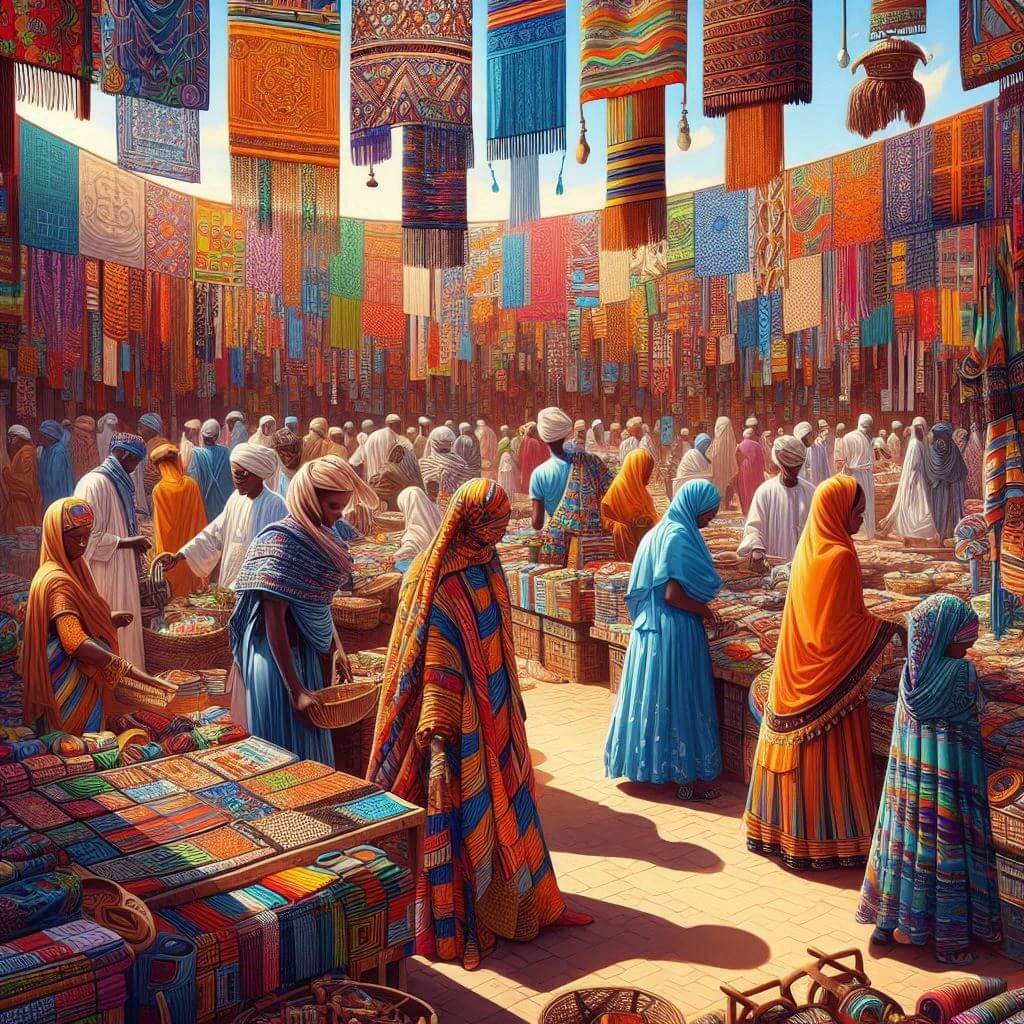The flag of Chad consists of three equal vertical stripes of blue, yellow, and red. This simple yet striking design encapsulates the nation's identity, aspirations, and geographical features.
Chad information
| National Flag Day | — |
| Sovereign state | Yes |
| Official name | Republic of Chad |
| Capital | N'Djamena |
| Population | 15,946,876 |
| Area | 1,284,000 km² |
| Currency | Central African CFA franc (XAF) |
| Language | Arabic, French |
| Continent | Africa |
| Region | Central Africa |
| Subregion | — |
| Borders | Libya, Sudan, Central African Republic, Cameroon, Nigeria, Niger |
| Timezone | West Africa Time (WAT) UTC+1 |
| Calling code | +235 |
| Top-level domain | .td |
History of the Chadian Flag
 The current flag of Chad was officially adopted on November 6, 1959, just before the country gained independence from France on August 11, 1960. The design was chosen to reflect Chad's unique identity while also acknowledging its ties to France. Interestingly, the flag is identical to that of Romania, which has occasionally led to confusion in international settings.
The current flag of Chad was officially adopted on November 6, 1959, just before the country gained independence from France on August 11, 1960. The design was chosen to reflect Chad's unique identity while also acknowledging its ties to France. Interestingly, the flag is identical to that of Romania, which has occasionally led to confusion in international settings.
Symbolism and Design of the Chadian Flag
The flag of Chad is characterized by its bold colors, each carrying specific symbolism related to the country's geography, people, and aspirations:
- Blue: Represents the sky, hope, and the waters of the southern part of the country, particularly Lake Chad.
- Yellow: Symbolizes the sun and the desert in the northern part of Chad.
- Red: Stands for progress, unity, and the blood shed for independence.
The vertical arrangement of the stripes is significant, as it represents the diversity of Chad's regions while emphasizing their unity within one nation. The equal width of the stripes symbolizes the equal importance of all regions and peoples within Chad.
Usage and Significance of the Chadian Flag
 The flag of Chad holds significant meaning as a national symbol, representing unity, resilience, and cultural pride. It is prominently displayed during official ceremonies, national holidays, and international events. The flag flies on government buildings, schools, and public institutions, serving as a daily reminder of Chad's identity and values.
The flag of Chad holds significant meaning as a national symbol, representing unity, resilience, and cultural pride. It is prominently displayed during official ceremonies, national holidays, and international events. The flag flies on government buildings, schools, and public institutions, serving as a daily reminder of Chad's identity and values.
Key occasions for flag display include Independence Day (August 11), Republic Day (November 28), and Freedom and Democracy Day (December 1). The flag also plays a crucial role in international events, representing Chad in diplomatic missions, sports competitions, and cultural exchanges.
Interesting Facts About the Chadian Flag
- The flag of Chad is identical to the flag of Romania, with the only difference being a slightly darker shade of blue in the Romanian flag. This similarity has occasionally led to confusion at international events.
- Chad's flag colors are similar to those of many other African nations, reflecting pan-African ideals and solidarity.
- The flag's design was influenced by the French Tricolore, acknowledging Chad's colonial history while asserting its independence.
- Despite various political changes and periods of unrest since independence, the flag has remained constant, underlining its importance as a unifying national symbol.
- In 2004, Romania considered adding a coat of arms to its flag to differentiate it from Chad's, but ultimately decided against it.